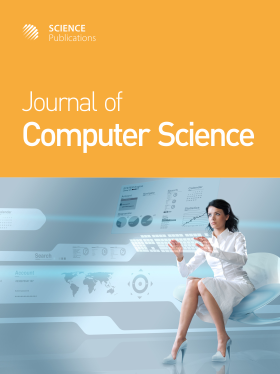HMGD: A High-Accuracy Model for Detection and Prediction of Respiratory Genetic Diseases
- 1 Department of Computer Science, El Azhar Univeristy, Cairo, Egypt
- 2 Department of Computer Science, Faculty of Graduate Studies for Statistical Research, Cairo, Egypt
Abstract
Respiratory genetic diseases are considered a major participant in the reasons of death worldwide nowadays and were one of the major participants in helping in increasing the numbers of COVID-19 patients. It is considered one of the most alarming diseases affecting in particular the respiratory system. The journey of early detection of respiratory genetic diseases is considered to be very challenging today to assist in lessening the percentage rate of death since people with these diseases are more vulnerable to being infected by COVID-19 and other dangerous diseases than others. Also, it is considered a very difficult mission for medical practitioners because of the high requirement for expertise and knowledgeable practitioners. While, predicting or detecting respiratory genetic disease in an early phase has many gaps and lacks accuracy accommodated with speed as well; as a result any slight update in the accuracy accommodating speed will be considered of great improvement and importance which will later result in the reduction of the increasing number of genetically diseased patients as the well-known diseases of Alpha-1 antitrypsin deficiency, Cystic fibrosis, Kartagener syndrome and many other respiratory genetic diseases. In this study we will introduce a new hybrid-model approach (HMGD) based on merging two outstanding soft computing optimization algorithms which weren’t used before in neither detection nor prediction of diseases which are Extended Compact Genetic Algorithm (ECGA) and Compact Co-Evolutionary Algorithm (CCoEA); one for which ECGA will act for the feature selection phase and output will be fed to the CCoEA for feature optimization resulting in the certainty factor of the detected/predicted respiratory genetic disease. The model will be used through a graphical user-friendly interface built up especially for the model to analyze data, learn from that output data, and result in a tactile and touchable prediction/detection for the respiratory genetic disease. The HMGD model proved its reliability and outstanding performance over other known computational models by an accuracy of 98.27% for respiratory genetic diseases’ prediction in 1.03 sec, while an accuracy of 97.89% for respiratory genetic diseases’ detection in 1.4 sec. The model proved to achieve a higher level of accuracy in the detection or prediction of respiratory genetic diseases than other machine learning models.
DOI: https://doi.org/10.3844/jcssp.2024.649.657

- 3,579 Views
- 1,736 Downloads
- 0 Citations
Download
Keywords
- Respiratory Genetic Diseases
- COVID-19
- Evolutionary Computation
- Genetic Algorithm
- Co-Evolutionary Algorithms
- Machine Learning Models
- Disease Prediction
- Detection
- COPD Disease
- Protein Sequence
